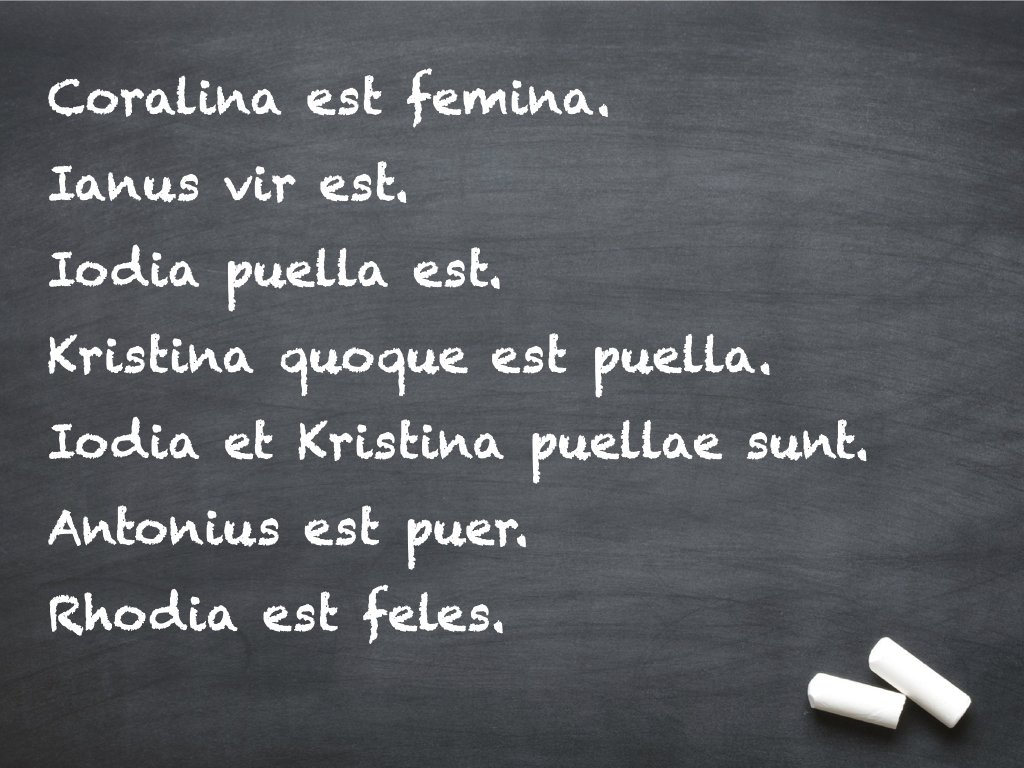We began the lesson by marking Capitulum Primum : Pensum A (see lesson 11). The method I chose was to read through the class roll, calling out each student’s name and having them read a single sentence. If it was correct (most of the responses were) I would repeat it, and then the whole class would chant it in unison. If it was wrong - due to the nature of the exercise, it would only be a single syllable that needed adjustment - I said “almost” and corrected it, for the students to chant. Meanwhile, the students were marking their own work, and making changes where needed.
2. I asked the students to complete Pensum B for homework tonight, in a similar fashion to Pensum A. i.e. The students were asked to copy the entire exercise into their books, filling in the spaces with the words missing.
3. I then showed the students that, as well as the Gimkit vocabulary quizzes that they played last lesson, they could practise the Pensa using Gimkit. I put the quiz for Capitulum Primum : Pensa A and B up on the board, and we did a few questions together. I told them that they might like to run through the Gimkit quiz before doing the homework tonight. You can access all the Gimkit quizzes here.
4. It was now time for us to get back to working on our Latin picture books (see Lesson 10). I handed each student one of the handouts (below) and the students used the tables they had created (and that I had corrected and returned) to fill out the table here. As an example, I used my own family (growing up); mum, dad, two sisters, myself and a cat called Rhodie (Coralina, Ianus, Iodia, Kristina, Antonius and Rhodia). All worksheets can be downloaded here.
5. I wanted the students to begin by writing a single sentence about each person from their table (with an additional sentence for plurals where required). As an example, here are the sentences about my family.
6. At the end of the lesson I collected up all of their worksheets to make any necessary corrections. There were only a few changes needed - mostly to do with the possessive form, which we will be using next lesson.



